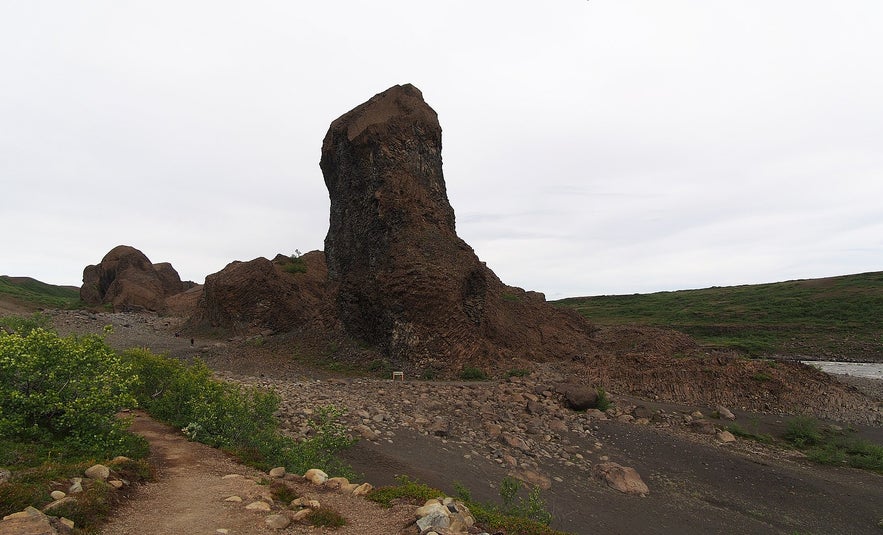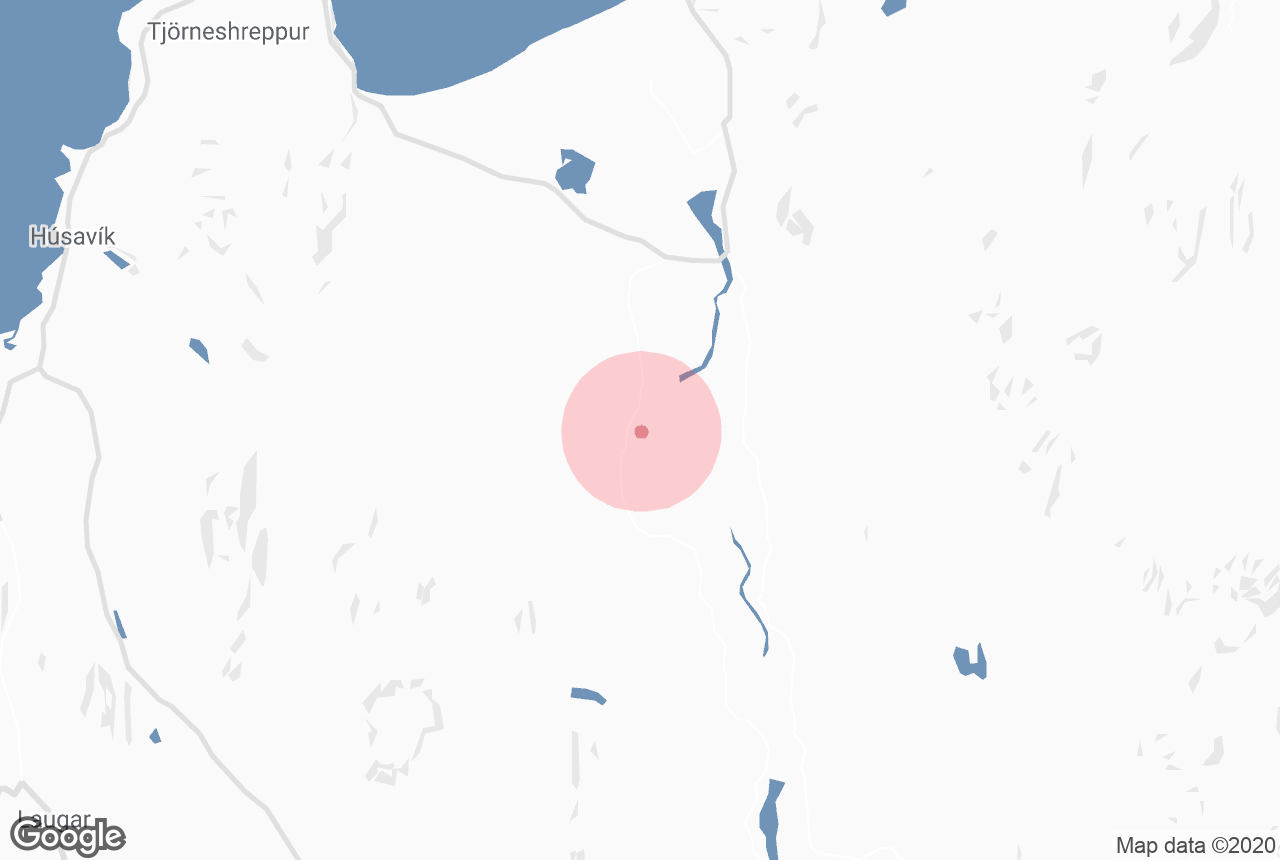
Vesturdalur Valley is an area in the North of Iceland known for its fascinating rock formations.
The best way to visit this area is on a relaxed self drive tour. One of the best options for doing so is this 7-day Arctic Coast Way self drive, available in the summer months.
Why You Can Trust Our Content
Guide to Iceland is the most trusted travel platform in Iceland, helping millions of visitors each year. All our content is written and reviewed by local experts who are deeply familiar with Iceland. You can count on us for accurate, up-to-date, and trustworthy travel advice.
Photo from Wikimedia, Creative Commons, by rheins. No edits made.
It is situated in between Ásbyrgi and Dettifoss waterfall, within the Diamond Circle. One of the main attractions in Vesturdalur valley is the strange rock formations at Hljóðaklettar.
This is a series of horizontal, vertical and diagonal columns made of basalt rock.
What makes these formations so fascinating is the intricate shapes they create, many of which seem unlikely to have formed naturally. Honeycombs, spirals, swirls and rosettes are al present in the rock formations.
Taking a walk through the circular trail of the valley from the car park is a great way to see the most impressive rock formations that were created by the same volcanic activity that continues to change the landscape of Iceland to this day.









